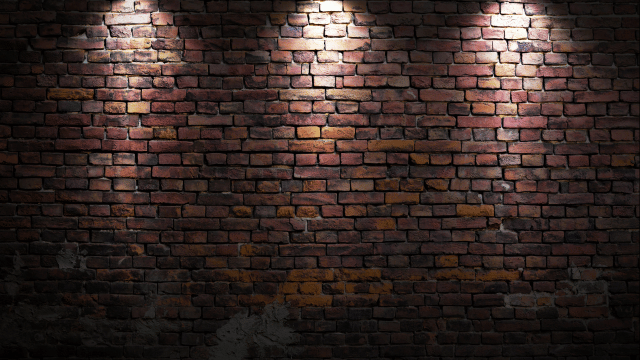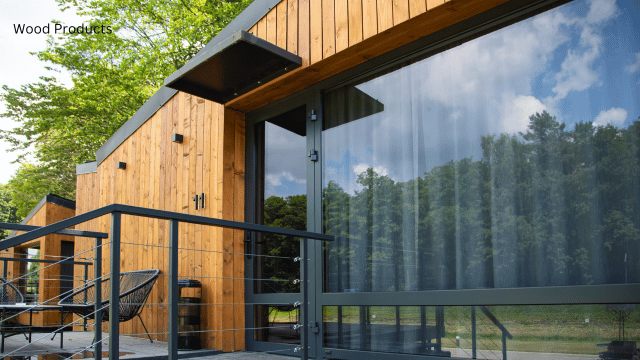Are you considering painting your brick, but you’re not sure where to start? Look no further! In this article, we’ll provide you with everything you need to know about painting brick. Whether you want to update the look of your home’s exterior, transform your interior walls, or simply add a pop of color to your fireplace, painting brick can be a game-changer.
But before you rush into the process, it’s important to understand the dos and don’ts. We’ll cover the best techniques for cleaning and preparing your brick surface, choosing the right paint, and applying it to achieve a professional-looking finish. We’ll also address common concerns, like the durability of painted brick and how to maintain it over time.
So, if you’re ready to give your brick a fresh new look, keep reading. By the end of this article, you’ll have all the knowledge and confidence needed to tackle your brick painting project with success. Let’s get started!
Advantages of Painting Brick
Painting brick offers numerous advantages that go beyond aesthetics. First and foremost, it allows you to completely transform the appearance of your space. Whether you want to modernize a dated exterior, brighten up a dark interior, or create a focal point with a painted fireplace, the possibilities are endless.
Another advantage of painting brick is that it provides an added layer of protection. Brick surfaces are susceptible to damage from the elements, such as rain, snow, and UV rays. By applying paint, you create a barrier that helps prevent moisture penetration and reduces the risk of cracks and erosion.
Additionally, painting brick can be a cost-effective alternative to more expensive renovation options. If you’re looking to update the look of your home without breaking the bank, painting brick is a great solution. It allows you to achieve a fresh, new look without the hassle and expense of replacing or refacing the brick.
Considerations Before Painting Brick
Before you start painting your brick, there are a few considerations that you should keep in mind. First, it’s important to evaluate the condition of your brick. If there are signs of significant damage, such as crumbling mortar or deep cracks, it might be necessary to address those issues before painting.
Another key consideration is the style and architecture of your home. While painting brick can be a great way to update the look, it’s important to choose a color that complements the overall design. You may also want to consider the neighborhood and any homeowner’s association guidelines that may restrict certain colors or finishes.
Furthermore, it’s essential to consider the long-term maintenance of painted brick. While painted brick can be durable, it may require periodic touch-ups or repainting over time. If you’re not prepared to invest in the maintenance, it’s worth considering alternative options, such as staining or limewashing.
Step-by-Step Guide to Painting Brick
Now that you’ve considered the advantages and potential challenges of painting brick, let’s dive into the step-by-step process. Following these guidelines will ensure a successful and professional-looking finish.
Step 1: Choosing the Right Paint for Brick
The first step in painting brick is selecting the right type of paint. Not all paints are suitable for brick surfaces, so it’s important to choose a paint specifically designed for masonry. Look for a high-quality acrylic latex paint that is breathable and designed to withstand the elements. This type of paint provides excellent adhesion and durability.
When it comes to color, the options are endless. You can choose a classic white for a clean and timeless look, or opt for a bold color to make a statement. Consider the style of your home, the surrounding landscape, and your personal preferences when selecting a color. Don’t forget to test the paint on a small, inconspicuous area of the brick to ensure it’s the desired shade.
Step 2: Tools and Materials Needed for Painting Brick
Before you begin painting, gather all the necessary tools and materials. Here’s a list of what you’ll need:
- Paintbrushes: Use a high-quality, synthetic bristle brush for cutting in and smaller areas. A larger brush or roller can be used for larger surfaces.
- Roller and tray: A roller is great for covering large areas quickly. Opt for a medium nap roller for textured brick surfaces.
- Drop cloths or plastic sheeting: Protect the surrounding areas from paint splatters or spills.
- Painter’s tape: Use painter’s tape to mask off areas that you don’t want to paint, such as windows, doors, or trim.
- Cleaning supplies: You’ll need a mild detergent, water, and a stiff brush or sponge for cleaning the brick surface.
- Primer: A high-quality masonry primer will ensure proper adhesion and enhance the longevity of the paint.
Step 3: Preparing the Brick Surface for Painting
Properly preparing the brick surface is crucial for a successful paint job. Start by cleaning the brick to remove any dirt, grease, or loose mortar. Use a mild detergent and water solution along with a stiff brush or sponge. Rinse thoroughly and allow the brick to dry completely before moving on to the next step.
Next, inspect the surface for any cracks, holes, or damaged areas. If necessary, repair these issues using a suitable masonry patching compound. Allow the repairs to dry and cure according to the manufacturer’s instructions.
Once the brick is clean and repaired, it’s time to apply the primer. Apply a thin coat of masonry primer using a brush or roller. Make sure to cover the entire surface evenly. Allow the primer to dry completely before proceeding to the next step.
Step 4: Applying Primer and Paint to Brick
After the primer has dried, it’s time to apply the paint. Start by cutting in around any edges, corners, or areas that are difficult to reach with a roller. Use a brush to carefully paint these areas, ensuring clean and crisp lines.
Next, use a roller to apply the paint to the larger areas of brick. Work in small sections, applying the paint in a smooth and even manner. Be sure to roll over the paint with a light touch to ensure proper coverage and eliminate any streaks or lines.
Allow the first coat of paint to dry completely, and then apply a second coat if necessary. Two coats are typically recommended to achieve a solid and even finish. Follow the manufacturer’s instructions regarding drying times between coats.
Step 5: Maintaining and Caring for Painted Brick
Once your brick is painted, it’s important to take proper care of it to ensure its longevity and appearance. Avoid using harsh chemicals or abrasive cleaners, as these can damage the paint and the brick surface. Instead, use a mild detergent and water solution to clean the painted brick.
Regularly inspect the painted brick for any signs of wear or damage. Touch up any areas where the paint has chipped or faded to maintain a consistent appearance. Additionally, consider applying a clear masonry sealer every few years to provide added protection and extend the life of the paint.
Conclusion and Final Tips for Painting Brick
Painting brick can be a rewarding and transformative DIY project. With the right techniques and materials, you can achieve a professional-looking finish that enhances the beauty and durability of your brick surfaces. Remember to carefully consider the advantages and considerations before starting, choose the right paint, and follow the step-by-step process for the best results.
By taking the time to properly prepare the brick surface, apply the primer and paint, and maintain the painted brick over time, you can enjoy the benefits of a fresh and updated look for years to come. So, don’t hesitate to give your brick a new lease on life with a fresh coat of paint. Happy painting!


